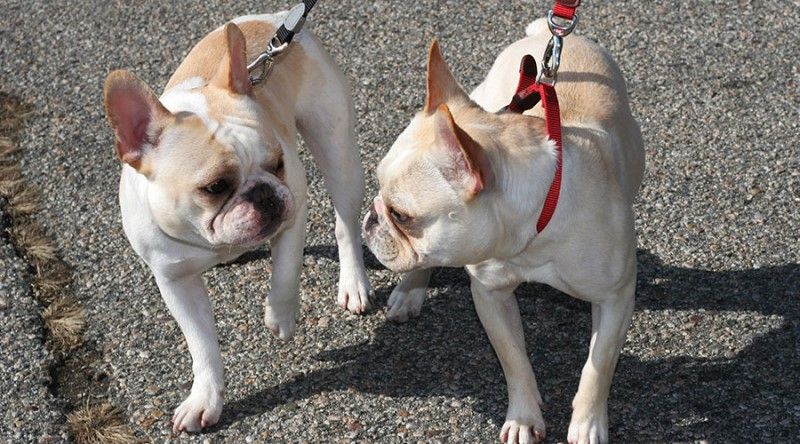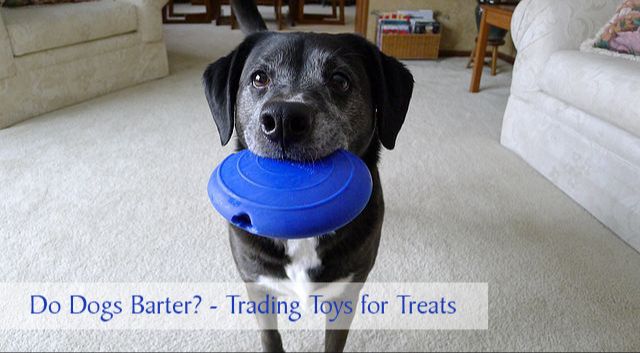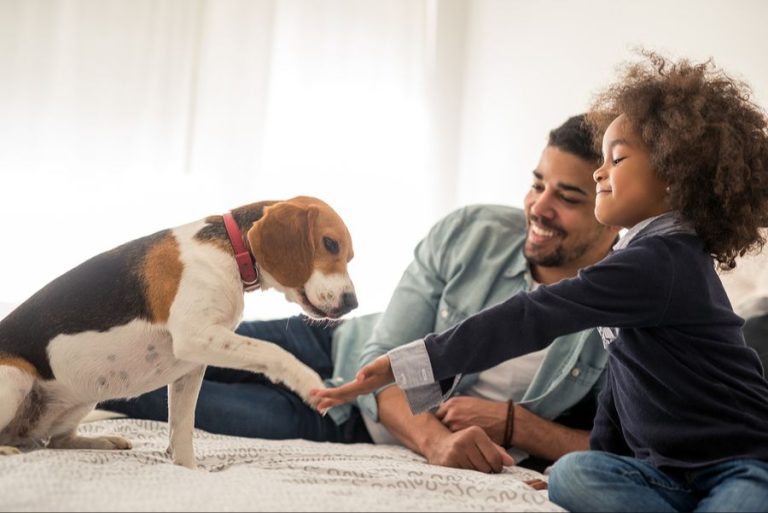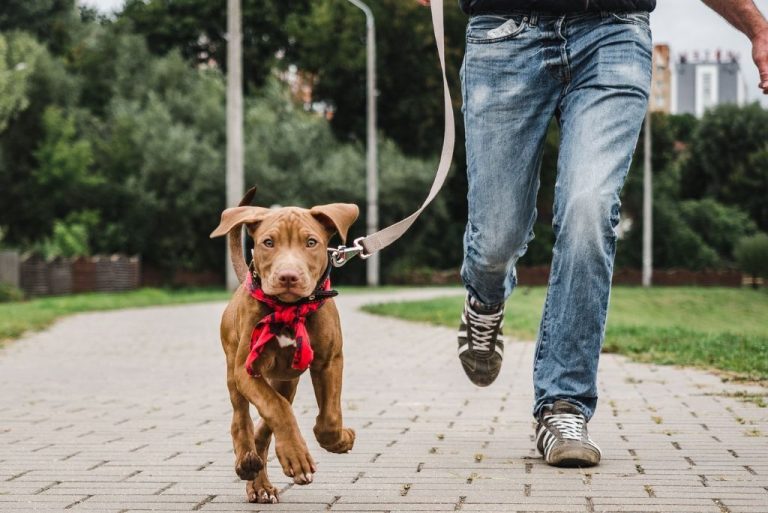Dealing With Dog-Dog Aggression: Behavior Modification Strategies
Dog-dog aggression refers to hostile, threatening, or violent behavior exhibited by a dog towards another of its own species. It can occur for a variety of reasons, including fear, dominance, territoriality, possessiveness over resources, and pain-induced Irritability. Common behavioral modification strategies for dealing with dog-dog aggression include desensitization, counterconditioning using positive reinforcement, and addressing the underlying motivation for the behavior. Professional guidance from veterinary behaviorists, certified applied animal behaviorists, or certified professional dog trainers is highly recommended when implementing a behavior modification program for aggression, as incorrect implementation can worsen the problem.
Understanding Dog-Dog Aggression
There are several different types of dog-dog aggression that can occur between canines. Some of the most common forms include:
Fear aggression – This occurs when a dog feels threatened or afraid and responds aggressively to remove themselves from the perceived danger. Fear aggression can arise from lack of socialization, negative past experiences, or genetic predisposition (source).
Possessive aggression – Also called resource guarding, this happens when a dog shows aggressive behavior to keep something of value, like food, toys, or attention. It stems from anxiety that the item will be taken away (source).
Redirected aggression – This occurs when a dog is aroused into an aggressive state by a trigger, then redirects that aggression toward another dog. For example, aggression toward another dog after seeing a cat run by.
Other common causes of dog-dog aggression include lack of proper socialization, mistreatment or abuse, protecting territory, maternal aggression with puppies, and dominance. Triggers can include eye contact, proximity, crowded areas, or interactions with unfamiliar dogs. Recognizing the type and cause of aggressive behavior is key to addressing it.
Assessing Severity
Assessing the severity of dog aggression is critical for determining the appropriate course of action. Key factors to evaluate include the dog’s body language, the circumstances that trigger aggression, and the potential for injury.
Body language provides important clues about a dog’s mindset. A dog exhibiting mild aggression may show subtle signs like a tensed body, erect tail, and intense stare. More concerning body language includes growling, baring teeth, lunging, and biting. The more intense the body language, the higher the risk.
Examining common triggers is also insightful. For example, aggression towards strangers walking by the home may be milder than aggressiveness towards family members inside the home. The more unpredictable or uncontrollable the triggers, the greater the severity.
Finally, evaluating the potential for injury based on size, strength and bite history is critical. Small dogs may show intense aggression but limited ability to cause harm. Whereas large, powerful dogs can inflict significant injury, especially if they have a bite history.
Combining these factors allows determining a dog’s danger level and choosing suitable management steps. Consulting a veterinary behaviorist for a thorough assessment is recommended whenever aggression poses a significant safety risk (Frank, 2013).
Management and Prevention
Proper management and prevention tactics are key for minimizing opportunities for aggression and keeping all dogs safe. This involves actively supervising interactions and intervening before negative behavior can occur (https://www.salishvet.com/services/dogs/blog/7-types-dog-aggression-and-how-nip-them-bud). Dogs should always be monitored when interacting and separated if things start getting tense.

Prevention starts with proper socialization from a young age so dogs learn how to interact appropriately (https://www.thesprucepets.com/how-to-stop-dog-aggression-1118229). Puppies should be gradually exposed to a wide variety of people, animals, places, and experiences in a positive and controlled way. Additionally, triggers and stressful situations that may provoke aggression should be avoided.
Owners can also use management tools like leashes, gates, crates, and muzzles to physically prevent opportunities for altercations. For severe cases, keeping dogs separated at all times may be necessary for safety.
Desensitization and Counterconditioning
Desensitization and counterconditioning (DS/CC) are effective techniques for modifying aggressive behavior in dogs. The goal is to change the dog’s emotional response from fear/aggression to calmness and tolerance when encountering other dogs. This is done through gradual exposure while providing positive reinforcement.
Desensitization involves exposing the dog to the trigger (another dog) at a distance where no aggressive response occurs. The distance is slowly decreased as the dog remains calm. For dog-dog aggression, start with the other dog a long distance away or hidden from view. Reward the dog for calm behavior. Gradually bring the other dog closer as long as the dog stays relaxed. If the dog shows any signs of aggression, move the other dog further away again.1
Counterconditioning means associating the trigger with something positive. When the dog sees the other dog, immediately reward with high-value treats, praise, or play. This teaches the dog that other dogs now predict good things will happen. Over time, the dog will develop more positive feelings when seeing other dogs instead of aggression.2
Use very high-value rewards like small pieces of chicken, hot dogs, cheese, or liver treats. Mark and reward every positive reaction, no matter how small. Work in short sessions of 5-10 minutes to keep the dog from becoming overwhelmed. Perform training in controlled settings first, such as across the street, behind a fence barrier, or with the other dog securely on leash and at a distance.
With patience and consistency, DS/CC can change a dog’s emotional state and teach them to feel happy instead of aggressive when encountering other dogs. Consult a certified behaviorist if aggression remains severe.
Implementing Rewards-Based Training
A key strategy for addressing dog aggression is to implement positive reinforcement and rewards-based training. This involves rewarding and reinforcing desired behaviors, rather than punishing unwanted behaviors. Some specific techniques include:
Using high-value treats and rewards like small pieces of chicken, cheese, or hot dogs to immediately reward calm or friendly behaviors toward other dogs. Giving rewards right as the desired behavior occurs helps the dog associate that behavior with something positive.
Starting rewards-based training in low distraction environments first, then gradually increasing the difficulty by having real-life encounters with other dogs at a distance. Slowly decrease the distance while providing rewards for calm responses.Positive Reinforcement and Aggressive Dog Training.
Implementing counterconditioning techniques – when the dog sees another dog, the owner immediately gets their attention and rewards. This redirects their focus to the reward rather than fixating on the other dog.
Using clicker training can help precisely mark and reward wanted behaviors. The click sound becomes associated with receiving a reward.
Being proactive and attentive during walks – creating enough space from other dogs and rewarding attention on the owner can help minimize reactions. Having high-value treats on walks can encourage focus.
Working individually with a trainer using rewards-based methods provides guidance and accountability in implementing these techniques consistently.
Avoiding Punishment
When dealing with dog-dog aggression, it is crucial to avoid using punishment or dominance techniques, as these can often worsen aggression. Punishment involves introducing an unpleasant stimulus to try to decrease a behavior. This may include scolding, yelling, jerking the leash, pinning the dog down, or using shock collars. However, studies show that the use of positive punishment often has harmful fallout (https://www.oregonhumane.org/training/adverse-effects-of-punishment/).
Punishment can worsen dog aggression in several ways:
First, it can create a negative association between the punishment and the person administering it, damaging your bond with your dog. It can also lead to increased anxiety, fear, and reactivity towards the stimuli being punished, such as other dogs. Additionally, punishment often suppresses aggressive behaviors temporarily without addressing the root cause, leading aggression to resurface later (https://www.calmcanineacademy.com/blog/2020/09/06/the-fallouts-of-punishment).
Rather than using confrontation, focus on rewarding and reinforcing calm, polite behaviors around other dogs. Management and gradual counterconditioning are safer and more effective for addressing the underlying emotional triggers.
Consulting Behavioral Experts
For more severe or dangerous cases of dog aggression, it is highly recommended to contact certified dog behaviorists or professional trainers for help. These experts have extensive education and hands-on experience with modifying aggressive behaviors in dogs.
When searching for a qualified professional, look for certifications such as those from the Certification Council for Professional Dog Trainers (CCPDT), the International Association of Animal Behavior Consultants (IAABC), or the Animal Behavior Society (ABS). Avoid trainers who rely heavily on punishment-based methods.
A good trainer will want to thoroughly assess your dog’s body language, environment, and history before creating an individualized behavior modification plan. This may involve desensitization, counterconditioning, confidence building, and implementing reward-based training techniques. They can guide you on proper management and equipment as well.
Working one-on-one with an expert can greatly increase your chances of successfully and humanely curbing aggressive tendencies. With their help, you may be able to keep your dog rather than having to rehome him. Be prepared for the process to take substantial time and effort.
Medication
Medication can be an effective complementary treatment for dog-dog aggression when overseen by a veterinarian. It should not be used as a sole solution, but rather paired with behavior modification training (source). Medications commonly prescribed for dog aggression include fluoxetine, buspirone, and clomipramine. Fluoxetine in particular has been shown to reduce aggression when combined with behavioral therapy in a clinical setting (source).
Medication can help lower a dog’s baseline anxiety and make them more receptive to behavior modification techniques. It may be appropriate for cases of moderate to severe aggression or when the dog struggles to control their impulses. A veterinary behaviorist should assess the dog and provide prescribing oversight. Owners should not attempt to self-medicate their dogs with human medications or over-the-counter supplements.
While medication carries some risks, it can greatly improve quality of life under the guidance of a veterinary professional. It allows the dog to better inhibit their aggressive reactions while undergoing training. But medication alone does not solve the underlying issue, so should be combined with continued training and management.
Rehoming
Rehoming an aggressive dog should only be considered as an absolute last resort after all other options have been exhausted. Responsible rescues may be able to provide the intensive behavioral rehabilitation and special home environment an aggressive dog requires. However, most public shelters are not equipped to safely manage aggressive dogs long-term.
When rehoming an aggressive dog, transparency about the dog’s issues is essential. Lying or hiding a dog’s history of aggression can have tragic consequences if the dog is placed in an unsuitable home. The new owner needs full details of past incidents and professional training advice to manage the dog appropriately. [Source]
Additionally, rehoming an aggressive dog does not guarantee a positive outcome. New triggers, stressors or circumstances could provoke future aggression even in an experienced home. Euthanasia may be the most responsible option if the dog poses a considerable risk to human and animal safety. Owners should consult with a veterinary behaviorist before choosing to rehome an aggressive dog. [Source]






